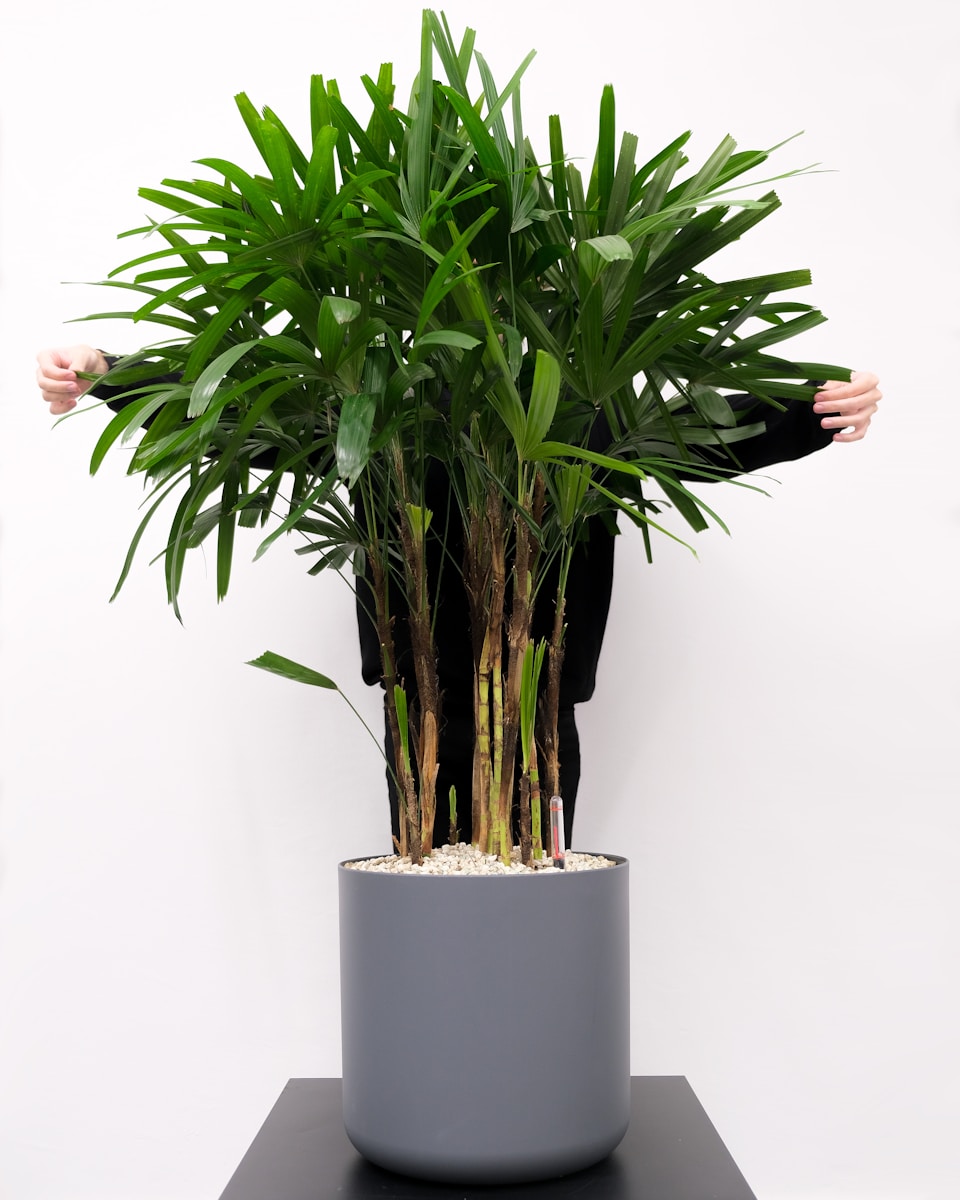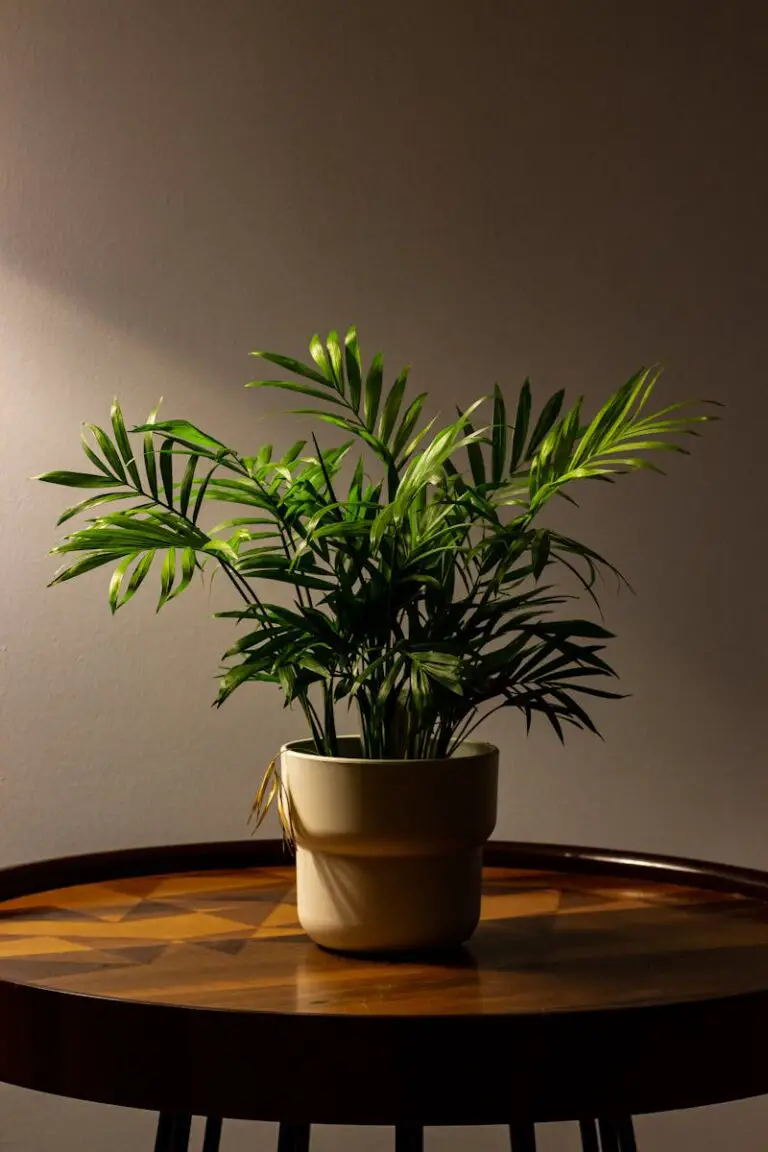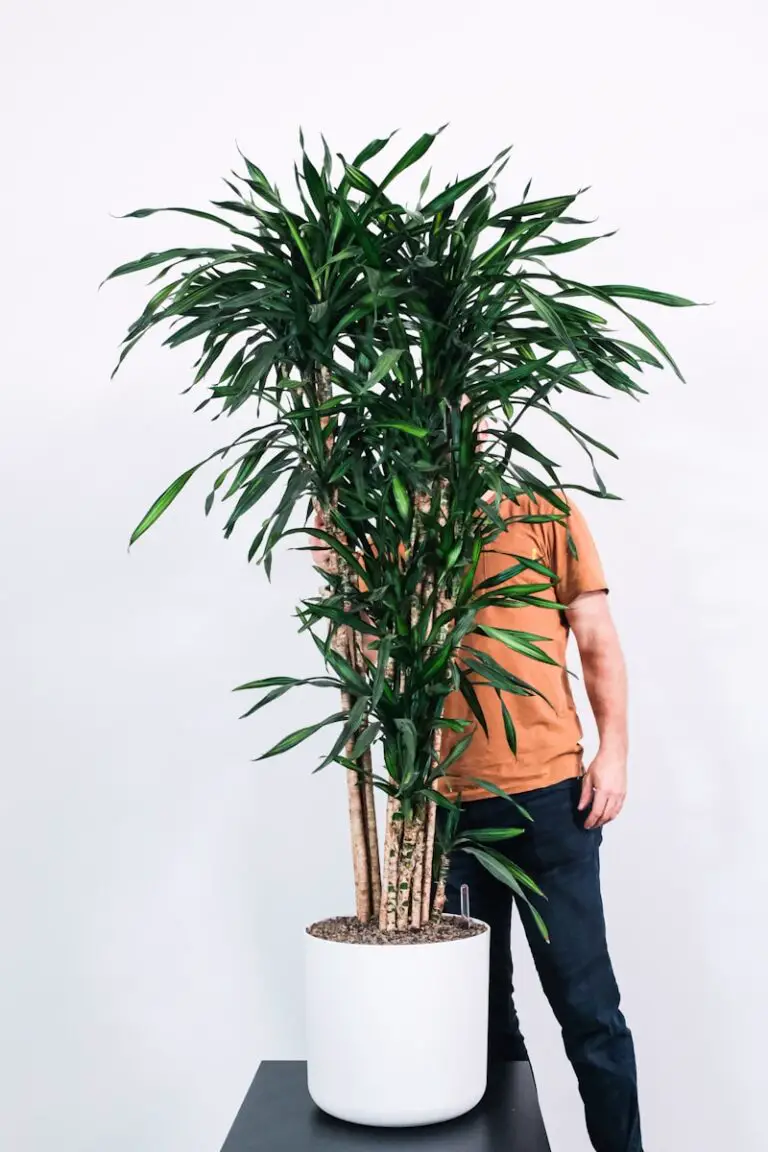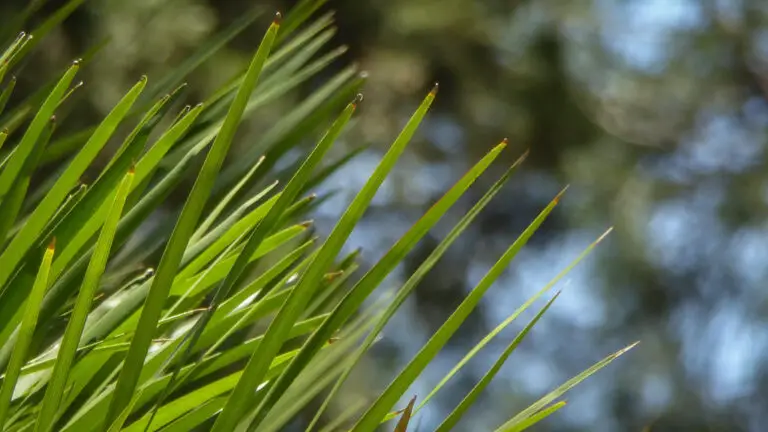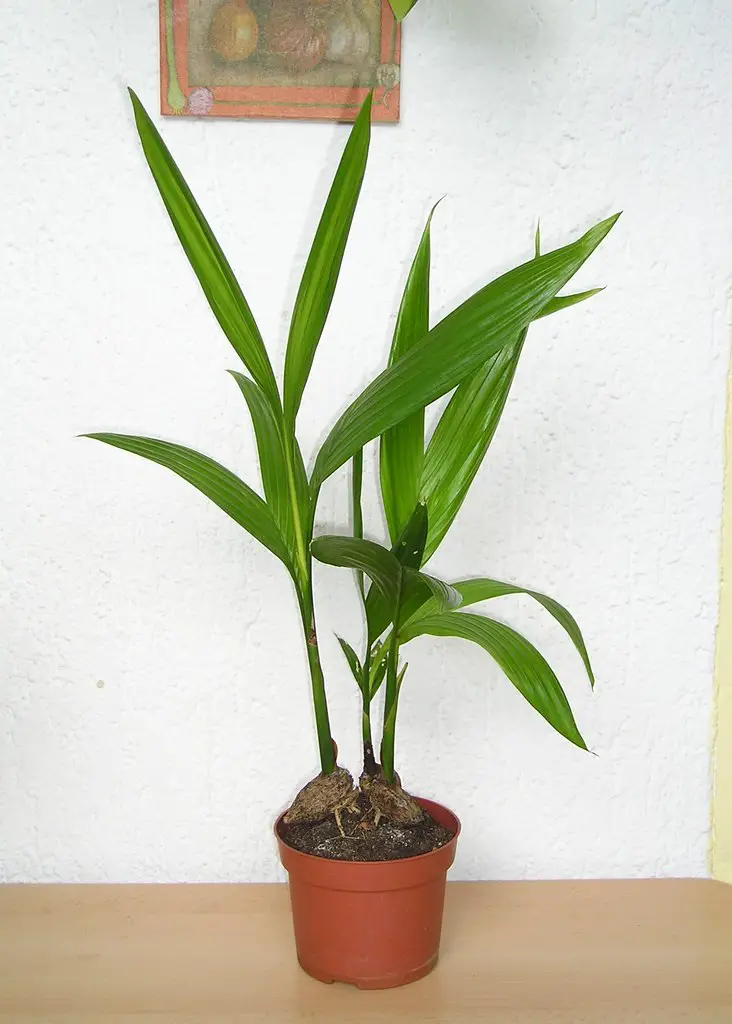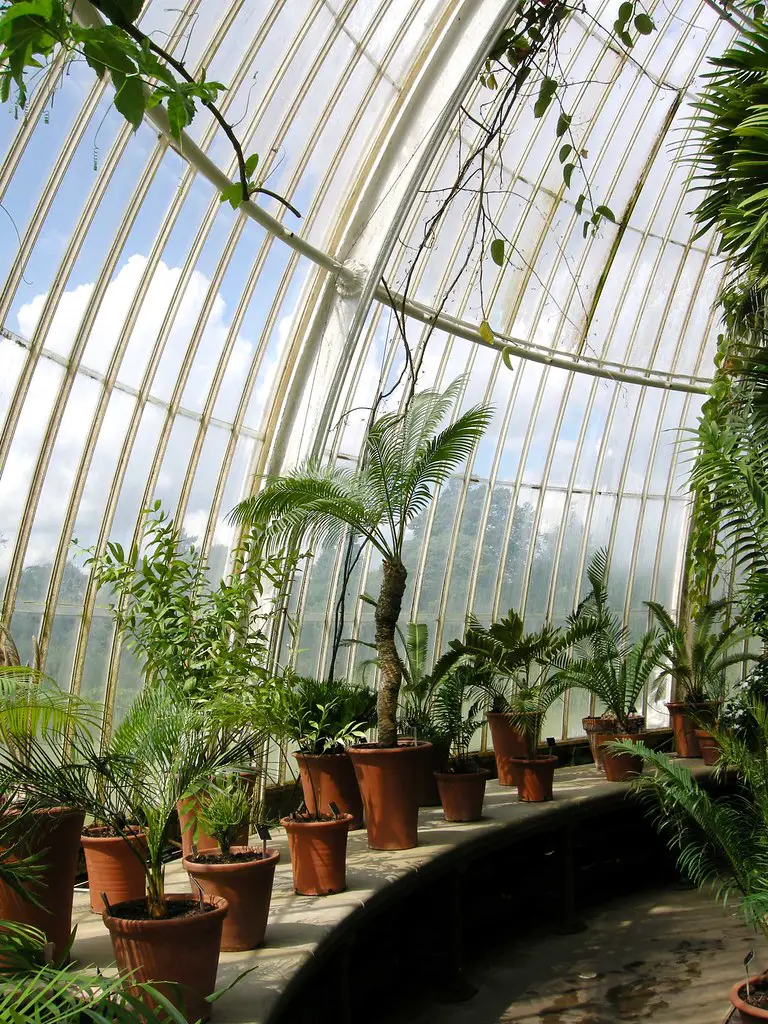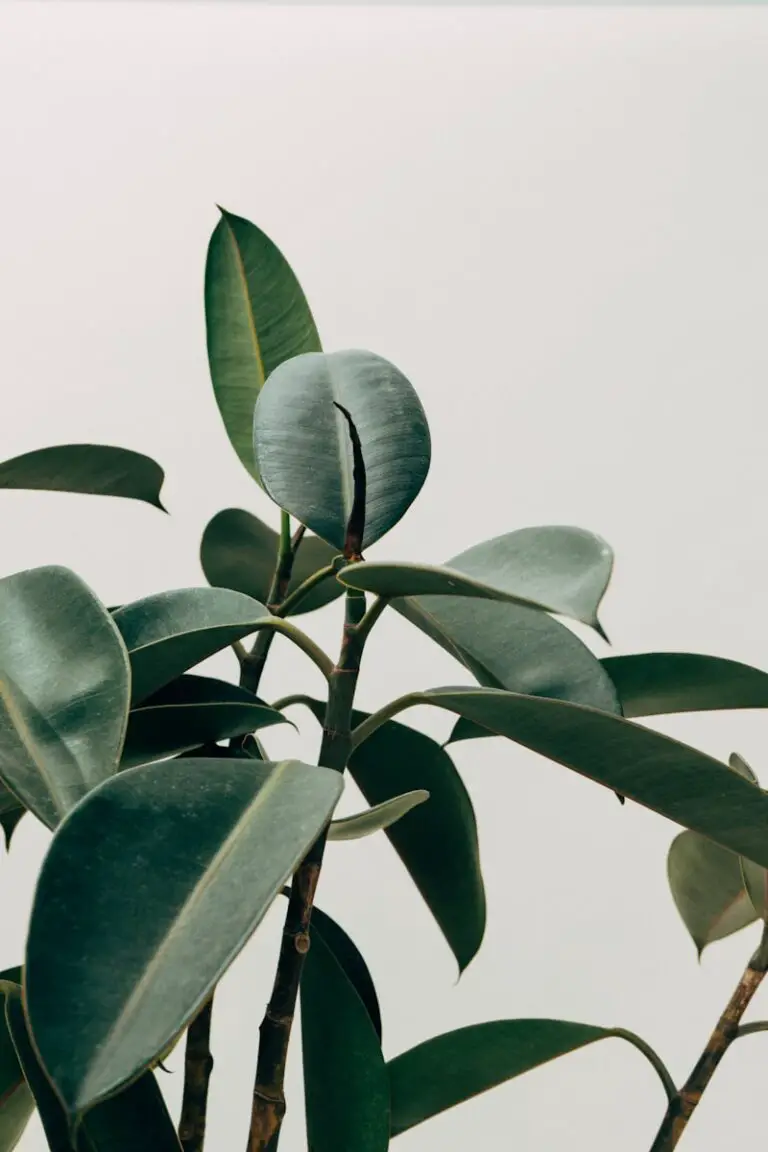Indoor Bamboo Palms: Pruning and Grooming Tips for Home Gardeners
Lush and graceful, the indoor bamboo palm is a staple plant for home gardeners. Its intricate fronds can transform any living space into a tropical haven. Yet, for all its beauty, the bamboo palm demands a little maintenance to ensure it thrives. Whether you’re a seasoned plant enthusiast or just beginning to cultivate your indoor garden, this guide is your passport to understanding and nurturing your indoor bamboo palm for full verdant health.
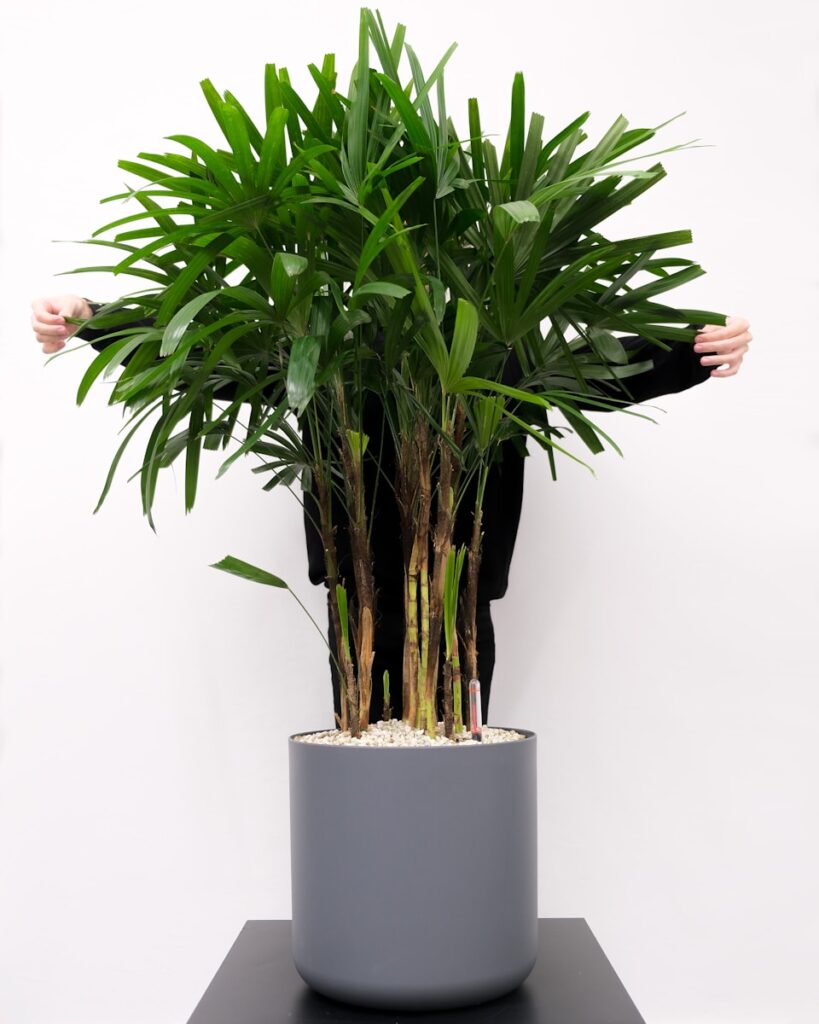
Introduction
The indoor bamboo palm, also known as the reed palm or Chamaedorea seifrizii, is a hardy and popular choice for those seeking to bring the serenity of the tropics into their homes. Its origins in the rainforests of Guatemala and Mexico ensure that it’s comfortable in the warm and humid confines of your living room, providing a focal point of lush greenery. With proper care, this palm can reach up to 7 feet in height, but such majestic growth requires a gardener’s gentle touch.
Benefits of Indoor Bamboo Palms
The allure of the indoor bamboo palm lies not only in its aesthetic appeal but in a range of benefits that extend beyond mere looks.
Air Purification
Not just a pretty frond, the bamboo palm is a known purifier of indoor air. It’s particularly effective at removing common household toxins such as formaldehyde and benzene. This makes it an excellent addition to any space where air quality is a concern, such as a living room or home office.
Aesthetics
Few indoor plants can rival the visual impact of a well-groomed bamboo palm. With proper pruning, it can maintain a sleek, columnar shape that is both elegant and space-saving.
Low Maintenance
Despite its lush appearance, the bamboo palm is relatively undemanding. It can tolerate lower light levels and can survive a dry spell, making it an ideal choice for the more forgetful of plant owners.
Pruning Techniques
Pruning your bamboo palm is crucial for maintaining its shape and health. But it’s essential to approach this task with care; you don’t want to leave your palm vulnerable to disease or insects.
Tools Needed
Before you start, ensure your tools are clean and sharp. Dull or dirty tools can damage the plant and introduce infection. A pair of clean secateurs or sharp scissors is all you need.
Frequency
How often you prune your palm depends on its growth rate and your aesthetic preferences. A sharp pair of eyes will help you spot when your palm needs a trim. Prune only during the growing season, usually spring and summer.
Steps to Prune
When you’re ready to prune, inspect the plant for any dead or browning leaves. Using your clean secateurs, snip these off at the stem. If you’re looking to shape your palm into a specific form, trim back the fronds to achieve the desired silhouette. Never remove more than one-third of the total growth in one go, as this may damage the plant.
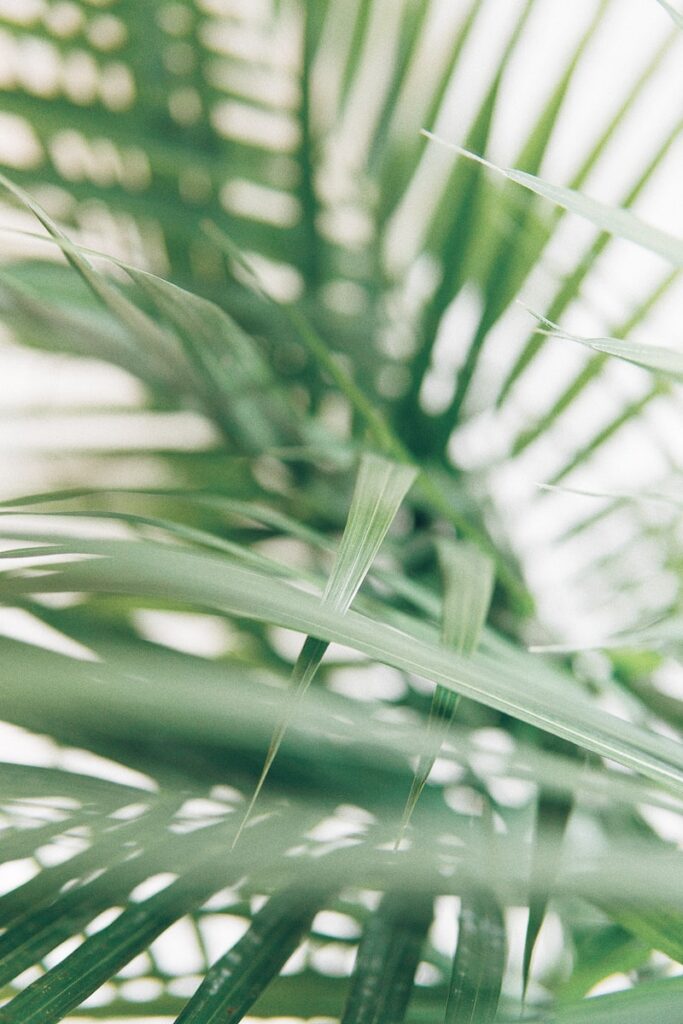
Grooming Tips
Maintaining a healthy environment for your indoor bamboo palm is the secret to its prosperity.
Soil Requirements
Your bamboo palm thrives in a slightly acidic, well-draining soil mix. A combination of potting soil and perlite or sand will create an appropriate medium. Be sure to repot as needed, typically every two to three years, to prevent the plant from becoming root-bound.
Watering Schedule
The bamboo palm likes to dry out slightly between waterings, so consistency is key. Water when the top inch of soil feels dry to the touch, but be cautious not to overwater, as this can lead to root rot. During the growing season, you may need to water your palm weekly. In winter, you can reduce this to every two to three weeks.
Light Exposure
Place your palm in bright, indirect light to encourage healthy growth. It can tolerate lower light, but this will slow down its development. Try to avoid placing the palm in direct sunlight, as this can scorch its delicate leaves.
Common Issues and Solutions
Even with the most attentive care, issues can arise. Understanding the common problems associated with indoor bamboo palms is your first step towards a solution.
Yellowing Leaves
Yellow leaves can be a sign of overwatering, underwatering, or nutrient deficiency. If only the lower leaves are yellow, it’s likely just part of the natural growth process. Evaluate your watering and feeding routines, adjust as needed, and the plant should recover.
Pests
The most common pests that can affect your indoor bamboo palm are spider mites and mealybugs. Regularly inspect the undersides of leaves for any signs of infestation. Treat with insecticidal soap or neem oil, and isolate the plant to prevent the infestation from spreading.
Overwatering
Symptoms of overwatering include yellowing leaves that are soft to the touch, slow growth, and a musty odor in the soil. If you suspect overwatering, stop watering immediately and allow the soil to dry out. Adjust your watering schedule as needed to prevent future issues.
Conclusion
Your indoor bamboo palm is more than just a houseplant. It’s a living, breathing addition to your home that requires a little care and attention to truly flourish. By regularly pruning, grooming, and addressing any issues that arise with knowledge and patience, your bamboo palm will continue to provide you with its many benefits for years to come. Invest in your plant, and you’ll be rewarded with a corner of the jungle all to yourself.

